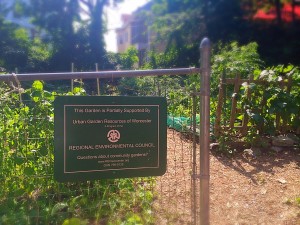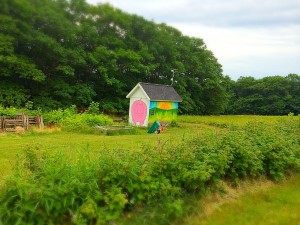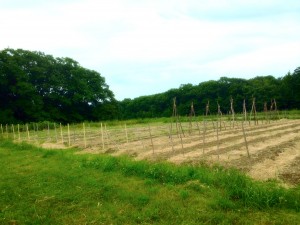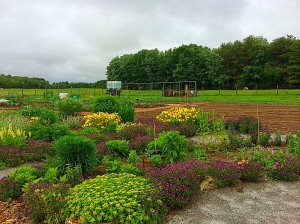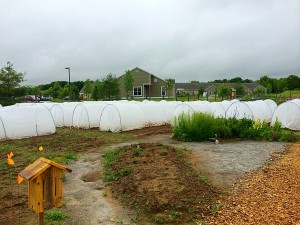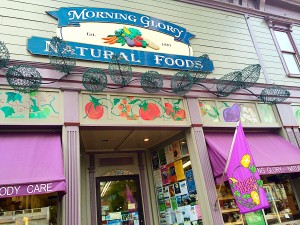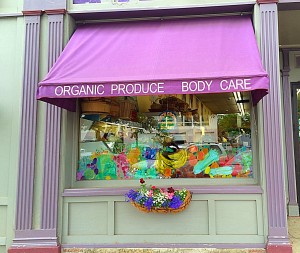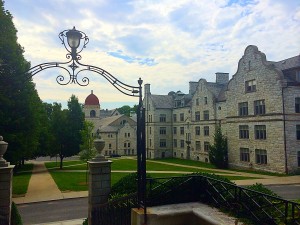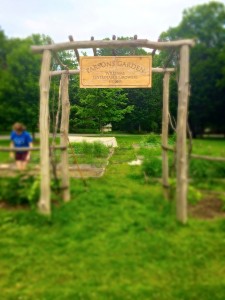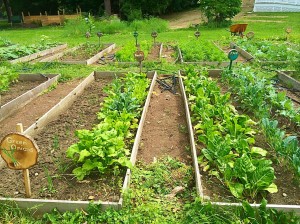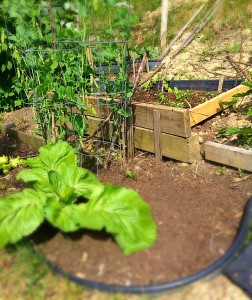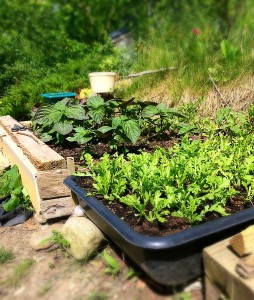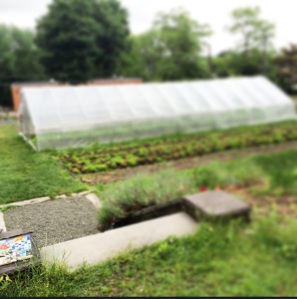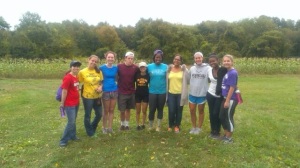With the research program coming to an end, the stretch to write the proposal has become increasingly challenging.
Holy Cross campus is approximately 174 acres, and for the most part it is all on a slope. So where would the community garden even be located? It’s a tough question to answer because truthfully we are limited in the space we can use. The assistant director of physical plants pointed out several problems that we would face in the site selections that we thought would be plausible. As disheartening as that is, it is valuable for us to hear the skepticism. Post meeting, Matt and I both felt like we need some time to reevaluate what we are doing and to take some time to process everything we have learned. Realistically, we might have been too optimistic. Up until this point, we have only heard positive feed backs and encouragements. Also, visiting other colleges that have been so receptive to such idea did give us an illusion that Holy Cross would be the same.
Even with the small step back, I do believe the meeting pushed us to think outside the box. We continued to network with other faculty members on campus, and it began to spark some new ideas that gave us back our optimisms (you will have to go to the Research Symposium on September 5th to hear our plan ).
Beyond this research and the community garden project, I have also been able to discover something new. The week that Matt and I felt a bit discouraged, it made me think about what this all means. What was I expecting from this research? Why was I doing this? Of course, the idea of physically establishing a garden is appealing, but that wasn’t the reason why I did this. It is nice to see the fruit of your labor, especially if it is something physical; however, it is more than that. The idea of creating a “recipe” for people to use in the future is a mind-blogging concept. This recipe we are formulating is not just for us, but it is potentially a tool for people in the years to come. Whether they take this recipe to be inspiring or even discerning—that’s a beautiful thing. Hence, the success of our ‘research’ will not be defined by some tangible measurement; rather it is define by the very act that we conducted one. The very act that we want to researched and immersed ourselves to this idea of creating a garden and writing a proposal to the administrators. This act will promote some sort of conversations—any conversations, positive or negative.
All these questions and reflection led me to explore my hometown, good old city of Worcester (I walked around for roughly four hours on a Sunday morning). As I was walking, I stumbled upon small pocket community gardens and parks that reminded me of why I am passionate. I am passionate because the flaws we see hold potentiality to something much greater. These community gardens stand out like a sore thumb within an urban setting, and it makes me wonder about the imperfections of our daily lives and beyond that as well. The idea of community garden itself makes me wonder about the food movement and our food system. The contrasting physical looks of a garden to a building makes me wonder about our relationship with ourselves, with each other, and with the environment. The idea of a community garden in general makes me wonder about the very idea of producing and consuming—what does it mean to be human? All I know is that, this research is just the end of the beginning.


